Erewash Meadows, Kate Lemon
Lapwing, Darin Smith
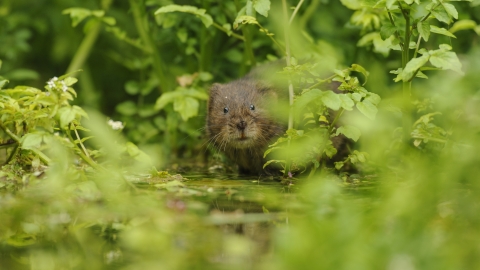
Water vole, Terry Whittaker 2020 Vision
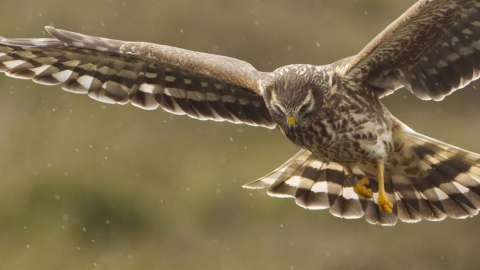
Hen Harrier, Mark Hamblin, 2020 Vision
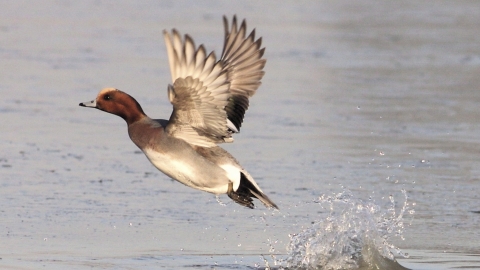
Wigeon, Guy Badham
Erewash Meadows
Location
Know before you go
Dogs
When to visit
Opening times
Open at all timesBest time to visit
Spring for breeding lapwing and winter for wildfowlAbout the reserve
Erewash Meadows forms part of the largest area of floodplain grasslands and wetlands in the Erewash Valley.
It straddles the Derbyshire and Nottinghamshire county boundaries and is jointly owned by the two county Wildlife Trusts. The reserve is in three parts. The southern part is known as Aldercar Flash and Meadows and the central part is Brinsley Meadows. Leading off from the north west corner of Brinsley Meadows is a 3/4 mile section of the old Cromford Canal. This former industrial area may seem an unlikely place for wildlife, but the River Erewash supports fish and invertebrates, as well as an important population of water voles.
In spring and summer the reserve's ponds and the wet sections of the canal are a refuge for grass snakes, amphibians and dragonflies. Butterflies and many other insects breed and feed on the wild flowers growing in the grassland. The meadows are best known for their birds.
In spring lapwings can be seen performing their impressive aerial displays, while early mornings may offer the best chance of hearing the strange 'drumming' call of breeding snipe. More common breeding birds include the reed buntings with their distinctive black and white heads, and sedge warblers, more camouflaged but twice as noisy in declaring their presence.
In spring and autumn the breeding birds are joined by waders, wildfowl and even birds of prey like the hen harrier. Many wildfowl stay for the winter, including a small flock of wigeon, numerous teal and a range of other species.
Habitat
Contact us
Take a look at the latest sightings
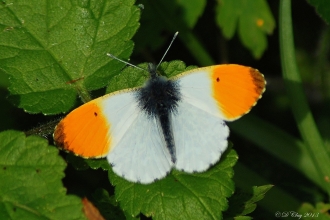
Sightings Blog - 2022 Blog #7
Your wildlife sightings in early April 2022
Sightings Blog - 2022 Blog #6
Your wildlife sightings in Derbyshire in late March 2022
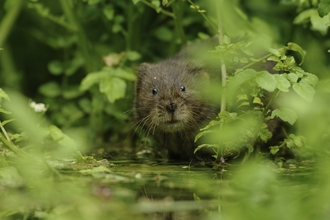
Sightings Blog - 2022 Blog #5
Your wildlife sightings in Derbyshire in early March 2022
Sightings Blog - 2022 Blog #3
Your wildlife sightings in Derbyshire in Derbyshire in Late January & Early February
Sightings Blog - 2022 Blog #4
Your wildlife sightings in Derbyshire in Mid and Late February 2022
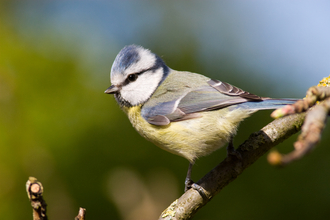
Sightings Blog - 2022 Blog #2
Your wildlife sightings in Derbyshire in Mid January 2022
Nearby nature reserves
Download our nature reserve leaflets
Check out the reserve map
Erewash Meadows map
